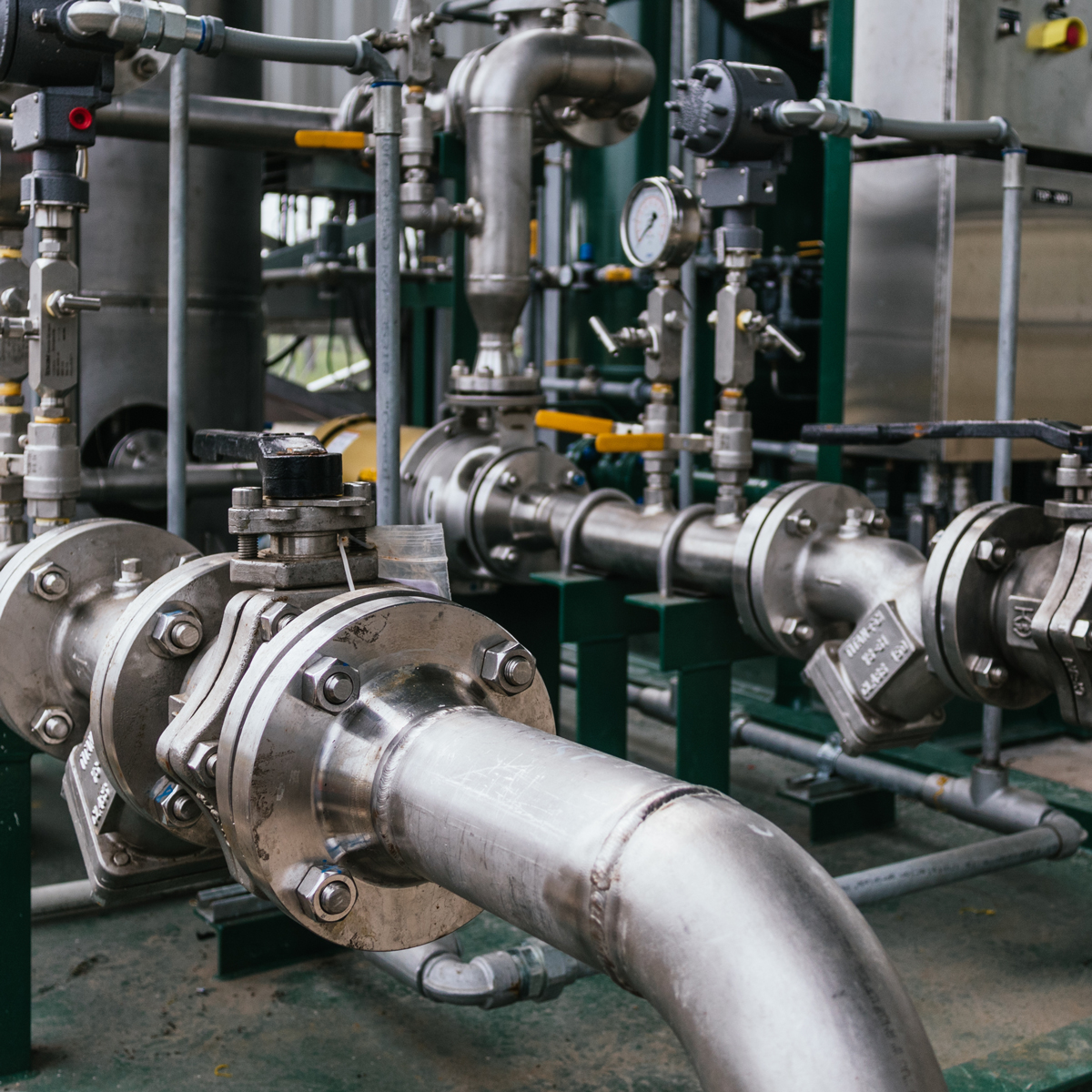Menu

Duration: 0.50 Hrs
Course Level: Intermediate
Languages: English
Capability: Audio, Video, MobileReady
Arc welding is a process for joining pieces of metal. In this process, the high temperature produced by an electric arc near the surface of the metal causes the metal in the pieces to be joined to melt, and upon cooling, to fuse together. This course discusses the most common types of arc welding including shielded metal arc welding, gas metal arc welding, and gas tungsten arc welding. This course also illustrates each type and describes the variables and equipment used in each type.
At the end of this course, you will be able to:
Duration: 0.25 Hrs
Course Level: Intermediate
Languages: English
Capability: Audio, Video
This module will cover metal types, alloys, impurities, hardness, toughness, tensile strength, ductility, malleability, and elasticity. It will also discuss the difference between ferrous and non-ferrous metals.
This module will cover the following topics:
Duration: 0.43 Hrs
Course Level: Intermediate
Languages: English
Capability: Audio, Video, MobileReady
Arc welding is a process for joining pieces of metal. In this process, the high temperature produced by an electric arc near the surface of the metal causes the metal in the pieces to melt, and upon cooling, to fuse together. This course discusses the basic components and the three major types of arc welding. This course also illustrates different joint types, proper welding techniques, common weld defects, and finally the PPE that should be worn while arc welding.
At the end of this course, you will be able to:
Duration: 0.50 Hrs
Course Level: Intermediate
Languages: English
Capability: Audio, Video, MobileReady
Hot metal welding and cutting has been around for a long time, however, up until recently the applications were limited because generally the parts requiring welding had to be heated in a stationary fire or furnace. This course will briefly cover four of the major heat-based techniques for cutting or removing metal. This will include the principles and equipment used oxyacetylene cutting, air carbon arc cutting, plasma cutting, and laser cutting.
At the end of this course, you will be able to:
Duration: 0.25 Hrs
Course Level: Intermediate
Languages: English
Capability: Audio, Video
This course begins by illustrating how to bend, shear, and saw metal using various machines. It then illustrates how to cut metal using a gas torch. The course concludes with a discussion of abrasives and the best practices while using abrasives.
Duration: 0.25 Hrs
Course Level: Intermediate
Languages: English
Capability: Audio, Video
This course covers how to identify steel and iron using specific tests including surface appearance, spark test, oxy acetylene torch test, magnetic test, and chip test. This course then discusses the advantages of iron, what steel is, and the different types of steels that are commonly used.
Duration: 0.50 Hrs
Course Level: Intermediate
Languages: English
Capability: Audio, Video, MobileReady
Oxyacetylene welding, also known as gas welding, is a process which relies on the combustion of oxygen and acetylene to produce a very hot flame. When these gases are mixed together in the correct proportions, a flame is produced with a temperature that is sufficient to melt steel. This course will cover the basics of oxyacetylene welding and some best practices that should be followed in order to be safe on the job. We will go over how oxygen and acetylene are used in gas welding, the equipment that makes up a gas welding rig, and the PPE required to maintain a safe welding environment.
At the end of this course, you will be able to: